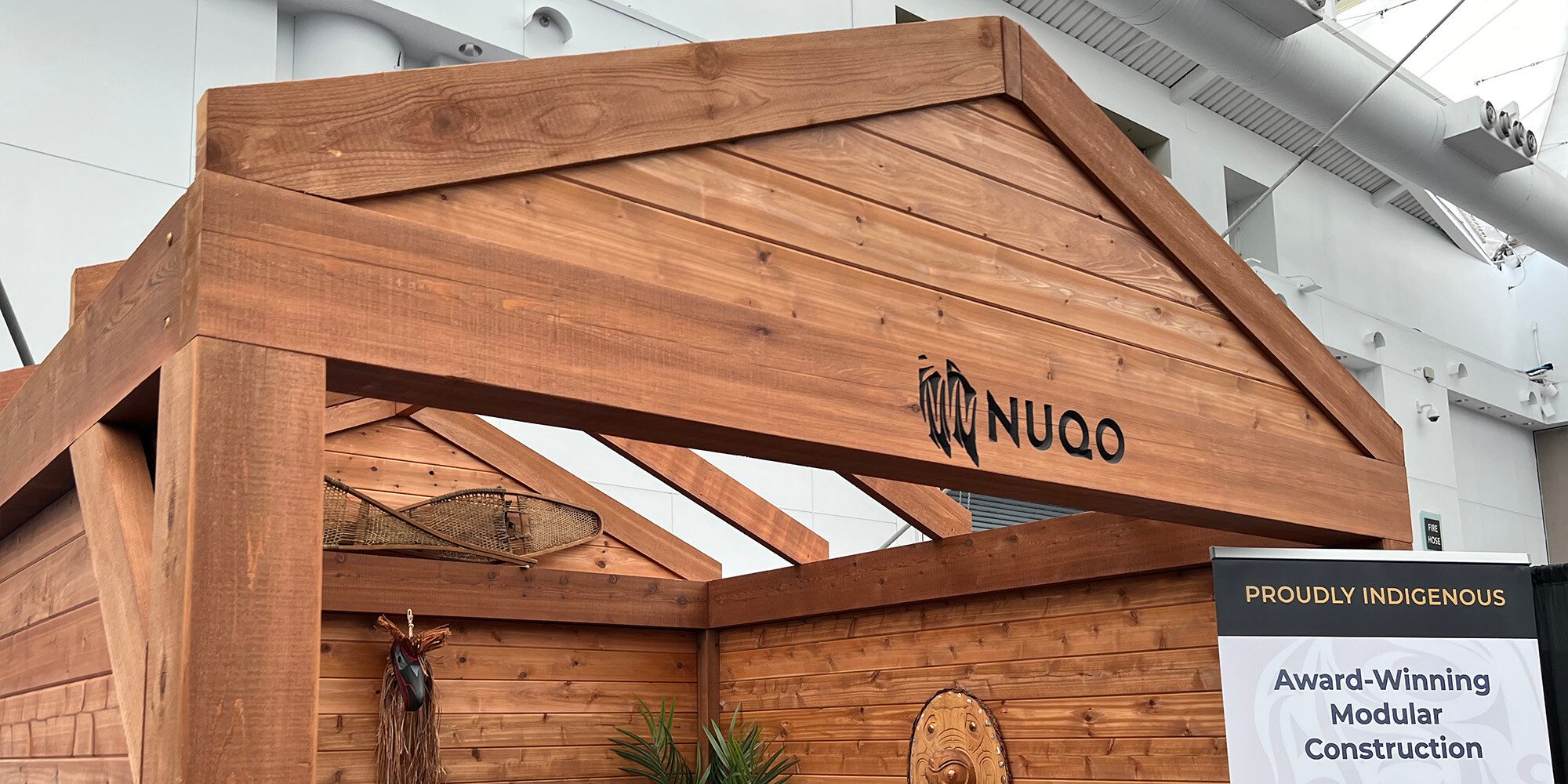The Role of Indigenous Procurement in Economic Reconciliation
In 2025, it will be a decade since the release of the Truth and Reconciliation Commission (TRC) Summary Report (June 2015) on the horrific...

The minds and hearts of most Canadians are opening to the severity of colonial practices that helped shape this country and how those policies continue to impact the socioeconomic well-being of Indigenous Peoples. Improving the socio-economic well-being of Indigenous Peoples is key to reconciliation and will benefit the entire country.
Economists estimate that Canada would be $27.7 billion richer every year if Indigenous income levels were comparable to the rest of the population, resulting in a 1.5% boost in Canada's GDP. Closing this gap would also result in fewer Indigenous peoples living in poverty. [1]
Procurement contracts with Indigenous-owned businesses are a means of closing that gap. The growth of Indigenous-owned businesses and the increase in procurement contracting opportunities that growth represents is often overlooked. Across Canada, Indigenous entrepreneurs are responding to emerging opportunities, leveraging partnerships, and expanding existing businesses.
Today, the Indigenous economy in Canada is growing at an exponential rate. Indigenous Peoples contribute over $30 billion annually to Canada’s GDP and, based on this growth, the CCAB (Canadian Council for Aboriginal Business) estimates this is expected to increase to $100 billion by 2024. [2]
The federal government relies on goods and services from the private sector to deliver its programs and services and has an annual expenditure of approximately $18 billion. To encourage Indigenous participation in the procurement process, the federal government developed the Procurement Strategy for Aboriginal Business (PSAB) over twenty years ago. But, the PSAB has not been as effective as anticipated. In 2015, Indigenous procurement was $93.5 million, or less than 1 percent of all federal procurement. In 2016, Crown-Indigenous Relations and Northern Affairs initiated a review PSAB and how to improve the rate of Indigenous-owned businesses in the procurement process.
But, it’s not just the federal government that is looking at ways to increase procurement relationships with Indigenous-owned businesses. With the publication of the Truth & Reconciliation Commission’s Calls to Action, many corporations and organizations are looking for ways to fulfill #92 and contribute to reconciliation.
Business and Reconciliation:
ii Ensure that Aboriginal peoples have equitable access to jobs, training, and education opportunities in the corporate sector and that Aboriginal communities gain long-term sustainable benefits from economic development projects.
If your corporation or organization is one of those looking for ways to increase the participation of Indigenous-owned suppliers of goods and services in your supply chain, here are some suggestions on how...
Best practice suggestions for attracting Indigenous contractors:
I hope this helps you with your goal to contribute to reconciliation and increase the participation of Indigenous-owned businesses in your organization.
For those looking to learn more, we recommend our Indigenous Procurement training.
[1] Modernization of Indigenous participation in procurement: discussion paper Crown-Indigenous Relations and Northern Affairs Canada
[2] Business Reconciliation in Canada Guidebook, Canadian Council for Aboriginal Business p 6
Featured photo: Unsplash

In 2025, it will be a decade since the release of the Truth and Reconciliation Commission (TRC) Summary Report (June 2015) on the horrific...

To support the work of the Truth and Reconciliation Commission’s calls to action and in the spirit of Christmas, we have put together 12 suggestions...

Orange is the New Symbol of Truth & Reconciliation The recent discoveries of 215 unmarked graves at a former Residential School near Kamloops,...